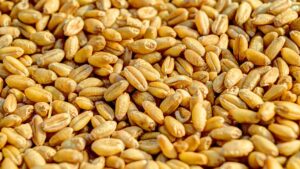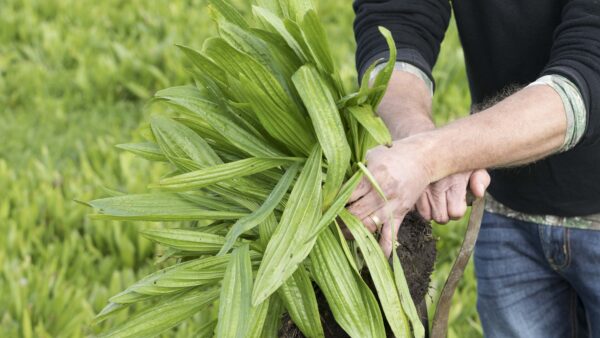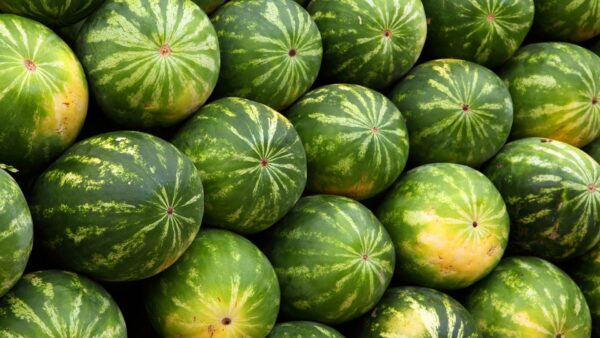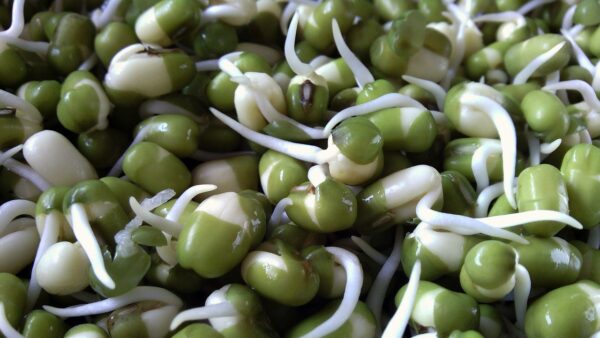The fight to achieve food security and end hunger is one of the greatest challenges facing the world in the coming decades. Rising populations, diminishing resources and deteriorating environments only raise the stakes. It’s clear that securing the world’s food supply will require much work beyond crop diversity conservation — such as further advances in crop science, building efficient markets, and reducing the waste of food. None of this can be effective if the genetic base of our food supply is lost. European Seed presents the following commentary from Marie Haga, executive director of the the Crop Trust, to provide readers with more insight into this issue. You can also visit european-seed.com to watch a video interview with Marie Haga.
Crop diversity underpins today’s production and provides the raw material needed for ensuring continuing supplies tomorrow, in the face of a rapidly-changing world. The world will have to produce more — and more nutritious — food on less land, with less water and less energy, and in increasingly unpredictable weather. Breeders must continue to develop new crop varieties that are more productive, more nutritious and more resistant to stresses — like higher temperatures or less water. The development of these new crop varieties which can cope with challenging situations may well be the single most important step we can take to adapt to climate change. The wise use of crop genetic diversity in plant breeding can also contribute significantly to protecting the environment. Crop varieties that are resistant to pests and disease can reduce the need for application of crop protection products; drought-resistant plants can help save water through reducing the need for irrigation; and varieties that are more efficient in their use of nutrients require less fertiliser.Climate-Resilient Agriculture
A climate-resilient agriculture model — an adaptable agriculture model, built on crop diversity — is needed. It lays the basis for offering higher-yielding and more reliable food plants to support farmers and consumers in low-income countries. While the total number of traditional plant varieties that have disappeared is not known, today many can be found only in gene banks established over the past 50 years. These gene banks conserve and make available genetic material, offering this through their databases to plant breeders, researchers and farmers who look among thousands of samples of crop diversity for sources of resistance to high temperatures and disease. Yet it can take upwards of 10 years to develop a better plant variety — hence the urgency to secure the basis of agriculture today, and use it as efficiently as possible. Whether mitigating the causes of climate change or preparing for its impacts, the world’s crop diversity represents an accomplishment of human ingenuity that helps us deal with the threats of our modern age. We will need the full array of this diversity — collected, characterised and available in gene banks — if we hope to adapt to climate conditions not seen before. Plants from anywhere in the world may hold the answers to climate challenges, including the wild relatives of our domesticated crops that can survive under extreme conditions.Safeguarding Collections of Crop Diversity
The Crop Trust works to safeguard the most important collections of crop diversity in gene banks around the world. It is an essential component of the funding mechanism of the International Treaty on Plant Genetic Resources for Food and Agriculture, which came into force in 2004 and has been ratified by 134 countries. According to the treaty itself, it was created because “plant genetic resources for food and agriculture are a common concern of all countries, in that all countries depend very largely on plant genetic resources for food and agriculture that originated elsewhere.” This basic interdependence requires a global system to secure our common heritage and to make it accessible and useful to all. That is what the Crop Trust has been working on during the last decade: a global system for ex situ conservation that is efficient and rational (based on defined roles and international collaboration), and also cost-effective (avoiding unnecessary duplication of efforts among players), providing the raw genetic material to breed for a more nutritious and varied food supply, increasing poor populations’ access to more affordable and healthier food to fight malnutrition. The Crop Trust currently has oversight and financial responsibility for 11 global gene banks through the CGIAR Research Program (CRP) for Managing and Sustaining Crop Collections. Held in trust for the world under the International Treaty on Plant Genetic Resources for Food and Agriculture, these are among the most comprehensive and widely used collections of crop diversity. The Crop Trust also maintains — in partnership with the Norwegian government and the Nordic Genetic Resources Centre — the ultimate failsafe: beneath the Arctic permafrost, the Svalbard Global Seed Vault safeguards these and other collections, protecting seeds from almost every country against an uncertain future. In strengthening this global system, the Crop Trust also pursues conservation and use of the wild cousins of our food crops, and helps develop a new generation of information technologies to make the world’s crop diversity searchable and accessible wherever it is needed.The Cost of Conserving Forever
The ex situ conservation of crop diversity is by its nature a long-term, never-ending task. Crop collections require constant curation and care — even brief disruptions can expose plant genetic material to the risk of permanent loss. Only long-term, sustainable financial support can secure a global system that is too important to leave to chance. The Crop Trust is thus building a Crop Diversity Endowment Fund of US$850 million, which, by generating approximately $34 million in annual income, will safeguard the diversity of the major food crops of the world in gene banks, and thereby the basis for food security. The Crop Trust is committed to building this endowment over the next five years. By 2016, an international donors conference will be asked to add $330 million to the current endowment fund of $170 million. By 2018, an additional $350 million will be sought so as to reach $850 million in the endowment fund, and safeguard a wider spectrum of the world’s agricultural diversity found in national collections and in the Svalbard Global Seed Vault.Join the Crop Trust
The private sector is an essential stakeholder of the Crop Trust’s work, as seeds are conserved and distributed with the ultimate purpose of producing food. The food and agriculture sector depends critically on the availability of diverse farm produce as a foundation for its business. Supporting the Crop Diversity Endowment Fund is a one-off, green investment, generating annual social returns far into the future. It provides annual benefits over the very long term through investment income disbursed to key international collections of seeds and other plant genetic material for food and agriculture. Unlike project funds that are disbursed and exhausted on grant activities upon receipt by the implementing organisation, endowment resources are safeguarded and invested by the Crop Trust so as to retain their real value against inflation. The Crop Trust also offers its private sector supporters a tailored set of benefits to become closely involved with the organisation. Among these:-
- Endowing A Specific Crop — Each crop has different costs associated with its long-term conservation.
-
- Investment Sharing — Managed by a leading international financial institution, this option allows investors to share a portion of their investment returns with the Crop Trust.
-
- Matching Donations — Under a matching grant, a donor agrees to match every dollar raised by the Crop Trust with a dollar from the donor.













